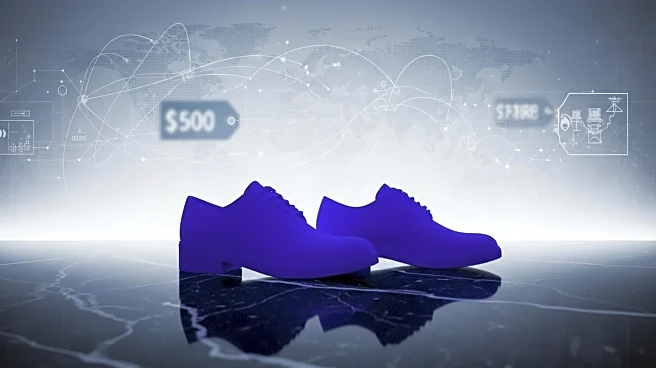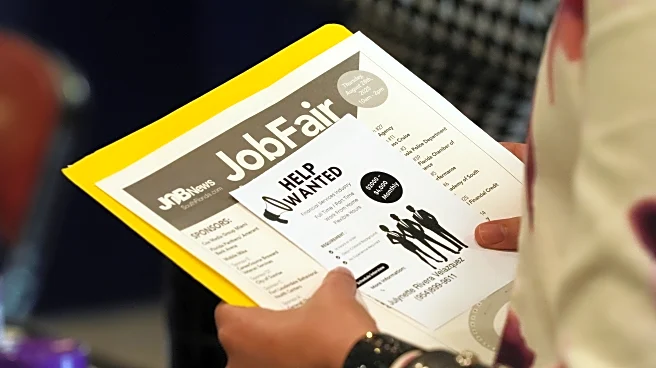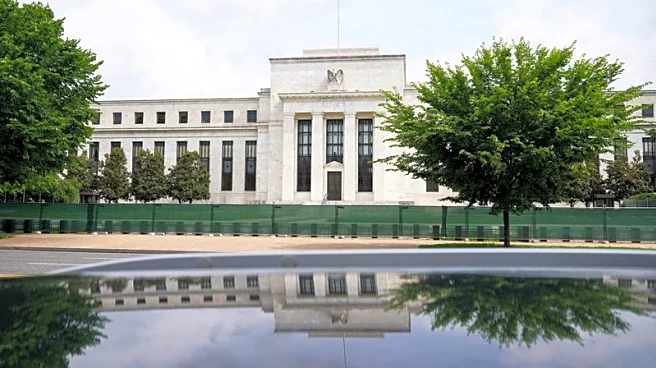What's Happening?
Retail footwear prices in the United States increased by 1.4% in August, marking the most significant rise in 17 months. This surge is attributed to the impact of import tariffs, which have disproportionately affected the footwear market. According to the Footwear Distributors and Retailers of America (FDRA), duties paid on footwear imports soared by 108.7% year-over-year, reaching $635.8 million. The tariffs have led to higher prices across various segments, with women's footwear prices increasing by 2.8%, children's by 0.9%, while men's footwear prices slightly decreased by 0.2%. The Bureau of Labor Statistics reported that overall inflation also gained traction in August, with the Consumer Price Index rising by 0.4% on a seasonally adjusted basis.
Why It's Important?
The increase in footwear prices due to tariffs has significant implications for consumers and retailers. As more than 98% of footwear sold at retail is sourced from abroad, the tariffs have a direct impact on the cost of goods, contributing to inflation. This situation affects consumer purchasing power and may lead to reduced spending in other areas. Retailers may face challenges in maintaining profit margins as they navigate higher import costs. The broader economic impact includes potential shifts in consumer behavior and increased pressure on businesses to find alternative sourcing strategies.
What's Next?
Retailers and consumers may need to brace for further price increases as tariffs continue to affect import costs. Businesses might explore diversifying their supply chains to mitigate the impact of tariffs. Policymakers could face pressure to address trade policies that contribute to inflation and affect consumer goods pricing. The ongoing inflationary trend may prompt discussions on economic strategies to stabilize prices and support affected industries.













